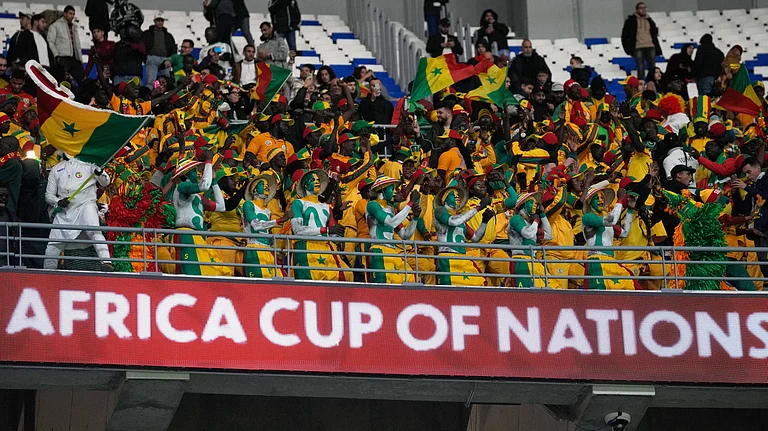Bohemian Appsody
- Fring Mobile, video calls & chat among Fring users
- Vonage Low cost calls using the Internet
- Voxer Walkie-talkie application for smartphones
- Bobsled Call, text from browser using Internet
- Google Talk Chat within Gmail, iGoogle, and Orkut
- WhatsApp Cross-platform mobile messaging
- Tango Free voice & video calls
- Viber Free global calls and messages within Viber users
***
It’s quite ironical: the government and telecom firms are in the midst of a furious fight about spectrum auctions that many feel will increase the cost of using mobile phones. But many observers are also marking the rise of mobile apps (shorthand for applications, or software that can be downloaded on the mobile phone) that could provide relief to users. Free, easily available and downloadable in a jiffy, these apps are offering users new ways to buck the price rise by enabling free phone calls, chats and messaging.
What should be worrying the existing telecom companies is the feeling in the industry that over the past few months, more Indians are using these apps than buying new mobile phone connections.
Of course, the concept isn’t new. Till a few years ago, apps like Skype and Google Talk were popular for making web-based free calls or sending messages. Today, the universe of free apps is huge, offering anything from dirt cheap or free calls, instant messaging or chat. Few years ago, a Skype call cost a tenth of a conventional call. New apps (easily available on iPhone, Android and Blackberry phones) have made it cheaper—even free.
Technology, as always, shows the future. Apps like Viber, Fring or Voxer and WhatsApp offer free calls or messaging. The popular WhatsApp, for instance, offers free BlackBerry Messenger-like messaging service between two phones that have the app. For younger users, used to sending over 200 messages a day, nothing could be better.
Most free phone apps use Voice Over Internet Protocol (VOIP) and route calls through the Internet in other countries. There are restrictions on VOIP calls in India though the telecom regulator, trai, has favoured a more liberal regime. The online community has also been pushing for this. Says Nikhil Pahwa, editor, Medianama: “Policy is lagging behind and stifling development. Services like VOIP are always cheaper. It should be allowed. It shouldn’t be prohibited just because telecom operators would suffer losses.”
Obviously, developers feel apps and free services are part of the natural evolution of technology. “Service providers have a big challenge to tackle the revenue implications because of these,” says Rohith Bhat, CEO, Robosoft, a mobile app developer.
Surprisingly, service providers say free apps are “too small” a development. Leading players like Airtel, Vodafone and Idea did not respond to Outlook’s queries. Some officials did say offline that numbers are not alarming yet. That is probably because of the small number of smartphone users in India. At present, smartphones account for just 5-6 per cent of India’s over 900 million cellphone-using population. And only 50-60 per cent of smartphone users use apps for free services.
“We don’t see any big implication because there are issues of inter-operability and data costs, so customers are paying anyway. And as voice costs are very low in India, data costs could be higher,” says Sergey Korobov, director, MTS India. But that could change fast. Indian handset makers like Micromax have brought smartphone prices down to the sub Rs 5,000 level. Recently, telecom technology provider Comviva launched Hola, an app enabling simple phone users access apps and services. Manoranjan Mohapatra, CEO, Comviva, says: “The new technology makes the apps sit on the cloud rather than handsets. So anyone can access them.”
At a later stage, many free services would move to a revenue mode. WhatsApp, for instance, is free only for the first year. Skype, which is free PC to PC, already sells more minutes for PC to phone calls than pure-play mobile providers. Many others will also attach a small price tag. But they will still be cheaper than conventional services. That’s why some telecom players are offering similar apps to ensure that, either way, customers remain within their network. Critical mass is just a few months away.






















